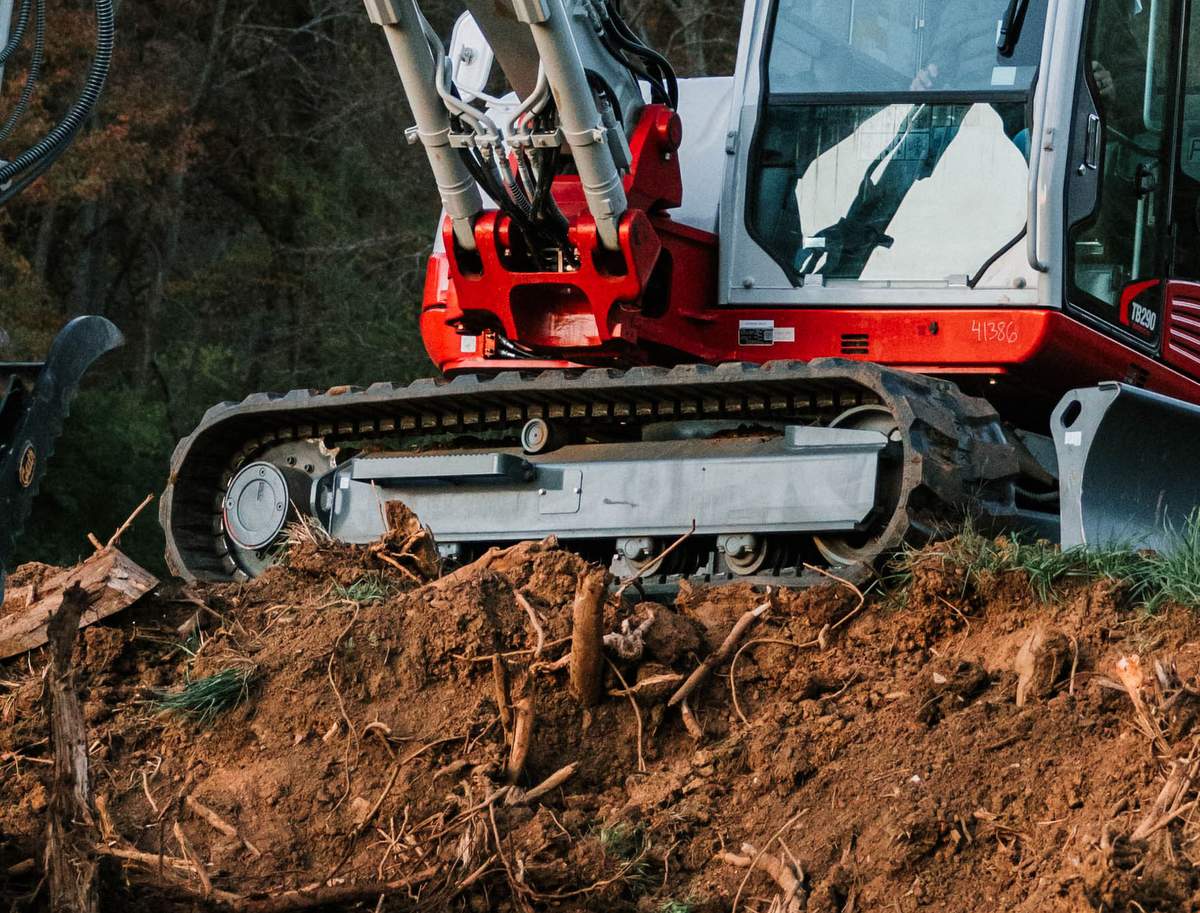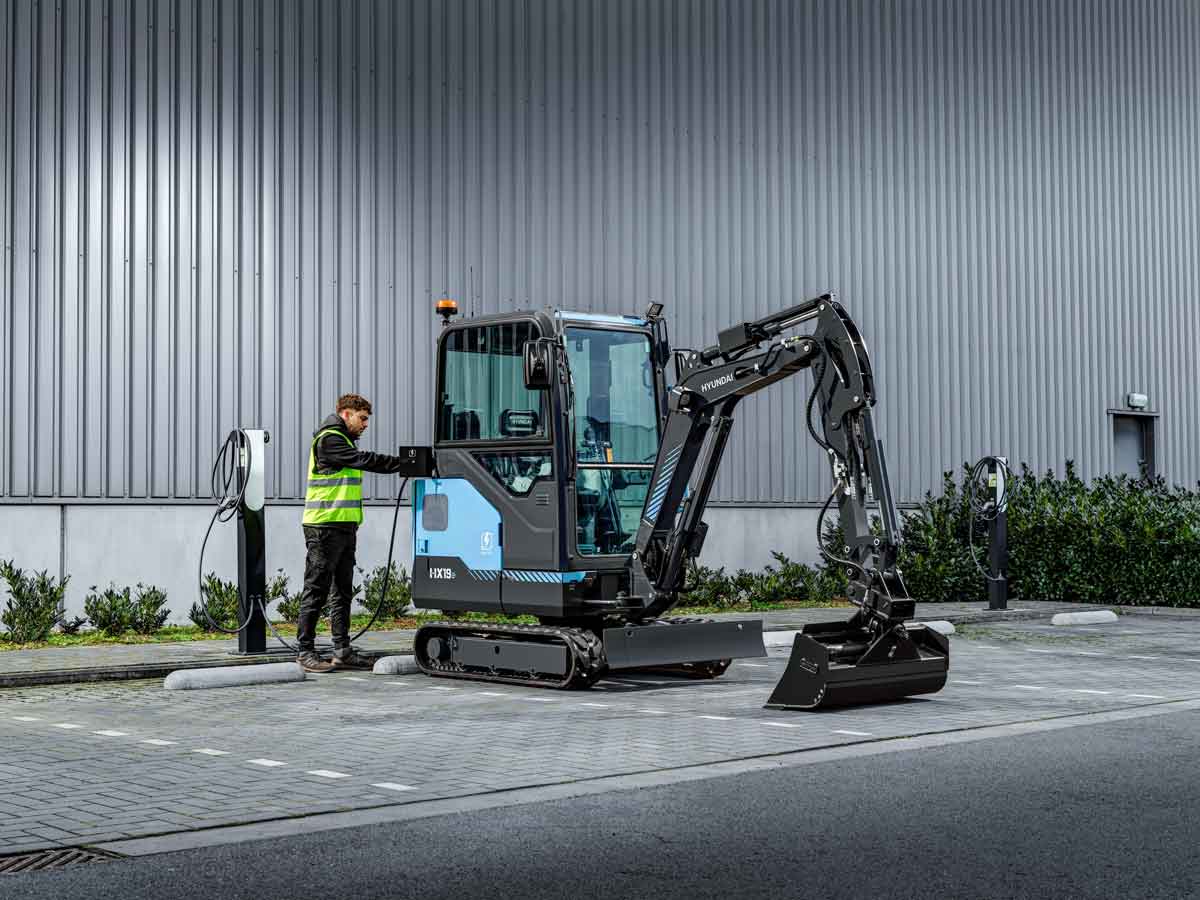Yanmar Mini Excavators — 2014 Spec Guide
Since its inception in 1912, Yanmar’s core business has been the production of engines. Following the introduction of the walk-behind dozer in 1967, Yanmar introduced one of the first mini excavators in 1968. These mini excavators proved popular, and since then, Yanmar has introduced a number of firsts to the mini excavator market including the first swing-boom excavator and the first zero tail swing excavator, says the company.
In 1993, Yanmar launched the ViO Series, which was the world’s first zero tail swing excavator and is currently marketing its sixth generation model. The ViO development objective of turning within the machine width has been successfully achieved, while still maintaining the stability and work performance of a conventional-style unit. No part of the housing extends beyond the track which allows efficient operation in tight spaces, access to more jobs, less damage to the machine and less damage to the site.
Yanmar produces seven models in the ViO Series, ranging from 3,836 through 18,136 lbs operating weight. For starters, the ViO17 is equipped with a 13.5-hp Yanmar diesel engine, 3,836-lb operating weight, 7-ft, 7-in. digging depth and variable width of 3 ft, 1 in. to 4 ft, 1 in. On the other end of the spectrum, there’s the ViO80-1, which is engineered with a 54.6-hp Yanmar diesel engine, 18,136-lb operating weight, 15-ft, 4-in. digging depth and a width of 7 ft, 5 in.
The advanced technology true zero tail swing ViO25-6, ViO35-6, ViO45-6 and ViO55-6 feature an electronically controlled Tier 4 Final engine and dramatically evolved hydraulic system. It also comes standard with ECO and Auto-Deceleration modes for even more operational efficiency. All of which means these new models can deliver up to 20 percent less fuel consumption than previous models, says Yanmar.
The new digital Smart Assist control system allows you to monitor up to three months of operational history. This system centralizes control of machine operation information and maintenance support information.
The ViO Series excavators utilize multiple variable displacement piston pumps and gear pumps. The load sensing pumps in combination with Yanmar’s hydraulic circuitry design, allow fast, smooth and powerful performance even when combining functions of the boom, arm bucket and swing, says Yanmar. The standard equipment hydraulic coupler expands the versatility of the ViO Series by allowing a variety of bucket sizes or attachments to be used, saving the contractor the expense of bringing other machines to the jobsite.
And let’s not forget about the SV Series of ultra-tight turning excavators, which have minimal turning radii in both the front and rear. This tight turning radius adds versatility on a tight worksite. Yanmar has two models in its SV Series. The smallest model is the SV08-1A, with a 10.3-hp diesel engine, 2,348-lb operating weight, 5-ft, 4-in. digging depth and variable width of 2 ft, 3 in. to 2 ft, 9 in. The largest model is the SV100-2, with a 73-hp Yanmar diesel engine, 21,550-lb operating weight, 15-ft, 9-in. digging depth and a width of 7 ft, 7 in.
Advice to Buyers
“Contractors need to keep digging and downtime slows the pace for the next job they will move onto,” explains Zack Radermacher, product marketing coordinator with Yanmar. “While searching for the right mini excavator, a buyer must put the time into the research of downtime and warranty issues. If a buyer will look diligently over key features that create better return on investment, then they will find a machine that will work for them in the long run.”





